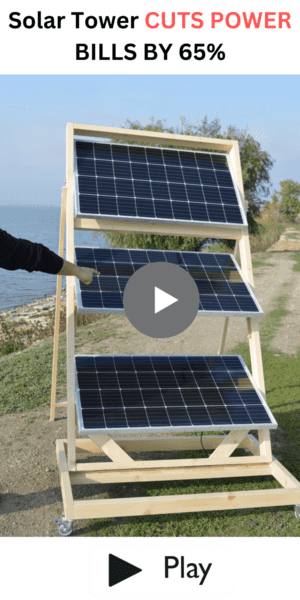Showing posts from April, 2021Show all
How Much Energy Does Solar Panels Produce per Square Meter ?
Solar Energy Produced per Square Meter: Solar panels are heading to the forefront of modern technol…
Read moreHow to Check If Solar Panel Is Charging Battery ?
Ways to check if solar panel is charging battery: Image on Flickr by Hepburn Wind under license On…
Read moreCategories
.PNG)
Contact Us
Recent Posts
3/recent/post-list
Popular Posts
Menu Footer Widget
Copyright ©
Solar system for home







